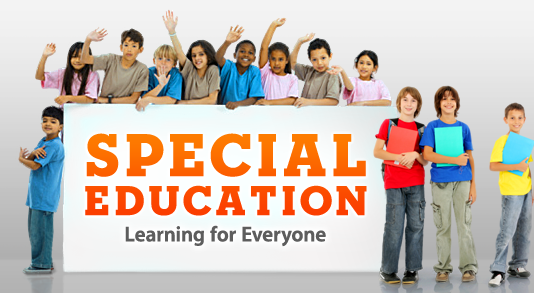Self Assessing and Reflecting
Favorite Tool
Believe it or not, the Life Skills classroom only this past year received ActiveBoards. We used this last year to get used to using them and finding ways to incorporate them into the classroom. I've always felt that they would be very useful in a Life Skills classroom because of their large and personal touchscreen interface and the use of the Active software to create activities. This past year I have created activities that the students used as part of stations and I also used it to create questions that I was able to use for TAKS and STAAR Alt testing. This is a wonderful tool for testing in the Life Skills classroom and has made my work in creating the standardized tests much easier and usable from year to year. The IPad will be the next great use if I can find the appropriate applications to use.
Believe it or not, the Life Skills classroom only this past year received ActiveBoards. We used this last year to get used to using them and finding ways to incorporate them into the classroom. I've always felt that they would be very useful in a Life Skills classroom because of their large and personal touchscreen interface and the use of the Active software to create activities. This past year I have created activities that the students used as part of stations and I also used it to create questions that I was able to use for TAKS and STAAR Alt testing. This is a wonderful tool for testing in the Life Skills classroom and has made my work in creating the standardized tests much easier and usable from year to year. The IPad will be the next great use if I can find the appropriate applications to use.
Classroom Thinking
My entire paradigm has shifted tremendously. I am extremely excited about using the technology in my classroom. I will be able to find appropriate activities much easier now and with quite bit more variety. It also makes my classroom much more dynamic. I only hope I will have the time to do the research needed to access the technology in the best way possible. Originally, I think that changes will occur primarily in the use of stations and style of work being done. As I move along, I will be able to change how information is disseminated and used in my classroom by using Web 2.0 based technology, including Skype.
Unexpected Outcomes
I am a Life Skills teacher who is also a certified librarian. I am already familiar with the uses of Web 2.0 and technology for learning. This exercise taught me some new stuff, since new ideas are always coming forth, but I did not really have any unexpected outcomes.
